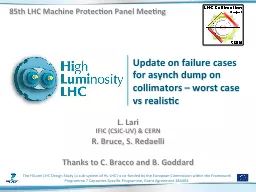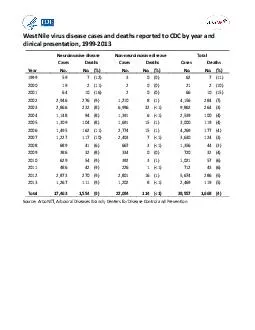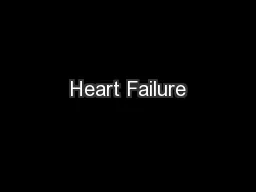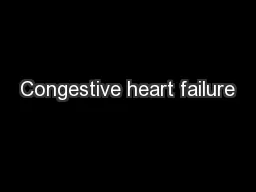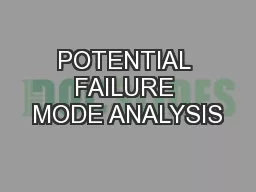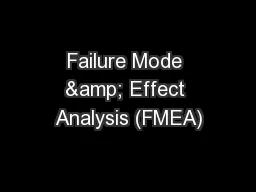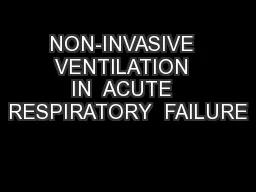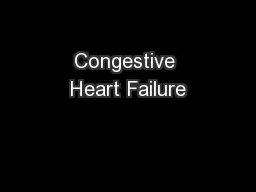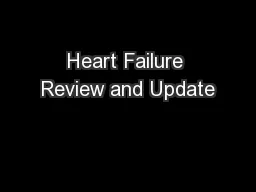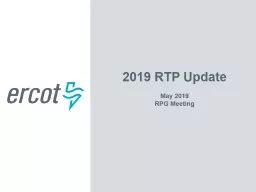PPT-Update on failure cases for
Author : loaiatdog | Published Date : 2020-06-25
asynch dump on collimators worst case vs realistic L Lari IFIC CSICUV amp CERN R Bruce S Redaelli Thanks to C Bracco and B Goddard 85th LHC Machine Protection
Presentation Embed Code
Download Presentation
Download Presentation The PPT/PDF document "Update on failure cases for" is the property of its rightful owner. Permission is granted to download and print the materials on this website for personal, non-commercial use only, and to display it on your personal computer provided you do not modify the materials and that you retain all copyright notices contained in the materials. By downloading content from our website, you accept the terms of this agreement.
Update on failure cases for: Transcript
Download Rules Of Document
"Update on failure cases for"The content belongs to its owner. You may download and print it for personal use, without modification, and keep all copyright notices. By downloading, you agree to these terms.
Related Documents

